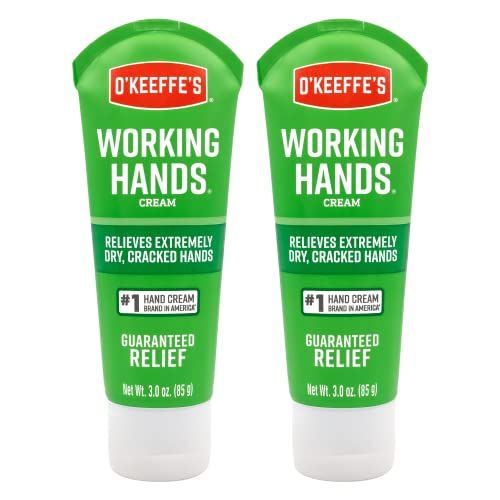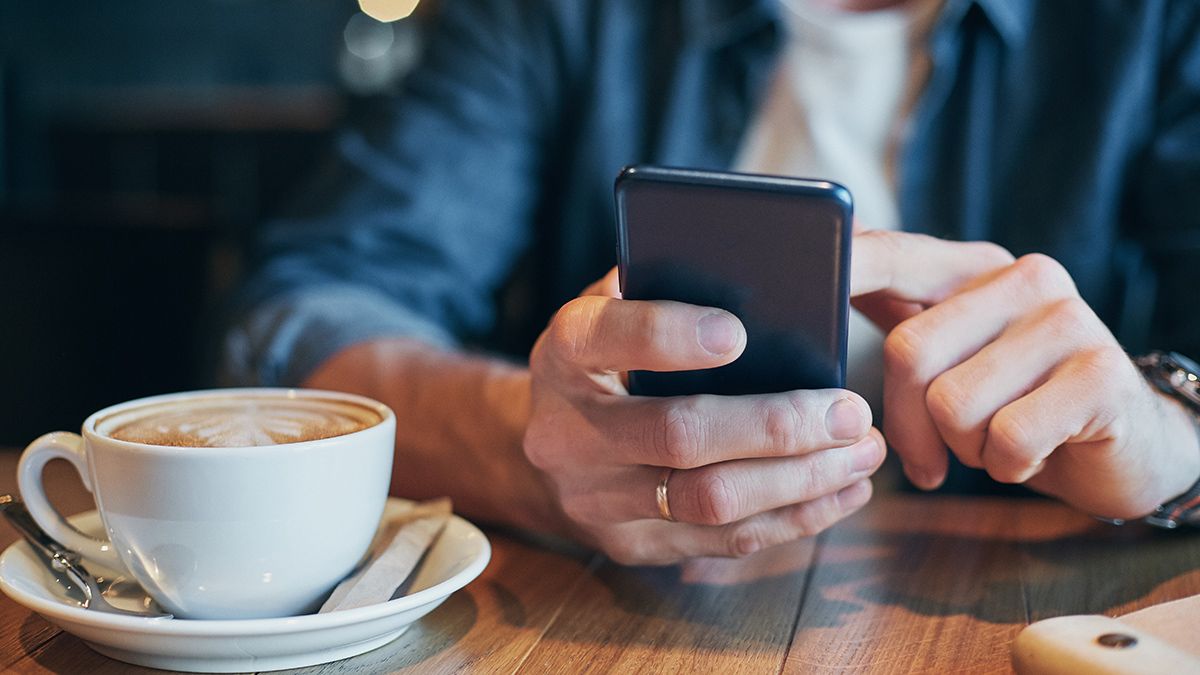Quick Links
Key Takeaways
If your fingers are too dry or calloused, your smartphone's screen can't detect them. Moisturizing may help, and you can turn up the touch-screen sensitivity on some phones.
Frustrated that your phone screen doesn't register your finger consistently? Here's why and what you can do about it.
How Do Smartphone Screens Work?
To understand why your smartphone isn't correctly detecting your fingers, it helps to first understand how phone screens work.
Modern smartphones (as well as tablets, smart displays, and the majority of touch-screen devices you interact with) have a capacitive screen. Beneath the protective top layer of the screen is a transparent electrode layer.
Your finger is electrically conductive, and when you touch the screen it changes the electrical pattern in the electrode layer. The layer turns the analog action of your finger touching the screen into a digital signal (which is why the layer is sometimes referred to as a "digitizer").
What's interesting about capacitive screens, especially the sensitive ones in smartphones, is that you don't technically have to touch the screen to activate the digitizer---they're just calibrated that way.
The electrode matrix is so sensitive that it can detect your finger before you even touch the glass, but the software engineers behind your phone's operating system tweak the sensitivity so that the digitizer doesn't respond until your finger is actually touching the screen. This creates a more natural user experience and cuts down on input errors and user frustration.
So Why Doesn't My Finger Work Sometimes?
The mechanics of the touchscreen out of the way, let's talk about why your finger doesn't work on your touchscreen and what you can do about it.
The two main culprits are dry skin and thick callouses. The first cause is the most common. If your skin is very dry, the surface of the skin carries less of an electrical charge than it would if it was well moisturized.
This is why you may find that your phone responds fine to your touch in the summer, but in the winter, your phone seems to respond erratically to your touch. The low humidity of winter air combined with the drying effects of forced air heating can leave your hands parched. Folks that live in arid climates like the American Southwest might find that they suffer from the issue year-round.
The other common cause of capacitive touch screen woes is calloused fingers. Most people don't have callouses on their fingertips thick enough to cause a problem with their phone screen. But if your hobbies (like playing the guitar or rock climbing) or your job (like carpentry or other trades) leave your fingers calloused, you might run into issues.
What Can I Do About It?
If your issue is just dry hands, the simple solution is to keep your hands moisturized. You can apply a regular hand moisturizer throughout the day to keep your skin hydrated.
Though if you don't like putting hand cream on frequently or dislike the feeling, you may opt to use overnight hand cream so you can do some serious moisturizing while you're sleeping and avoid that greasy-hand feeling during the day.

O'Keeffe's Working Hands Hand Cream
It's tough to beat O'Keefe's hand cream. It'll moisturize your hands so well your touch-screen-woes will be a thing of the past.
If your issue is callouses and they aren't too thick, you may find that moisturizing will work. If they're really thick and moisturizing doesn't help, you'll likely need to thin them by buffing them with a pumice stone.
For folks who don't want to remove their callouses (after all guitar playing callouses are both hard-earned and useful for protecting your fingers while playing) some phones do have an option to adjust the sensitivity of the digitizer. Some Samsung phones, for instance, have an option in the settings menu to adjust the sensitivity if you're using a screen protector.
What that setting is really doing is turning up the sensitivity of the digitizer to detect your finger better if there is an additional layer between the screen and your finger---except, in this case, you're turning it on because the additional layer is a callous on your fingertip.
And hey, if despite your best efforts to moisturize and file your callouses down your phone continues to hate your poor fingers, you can always keep a mini-stylus handy.

